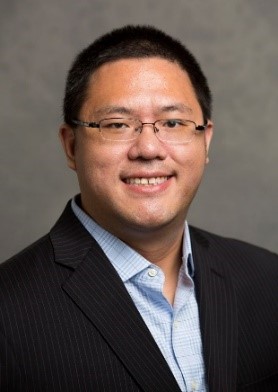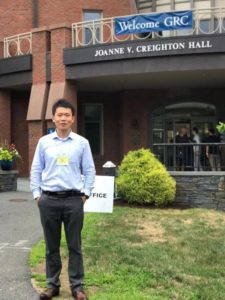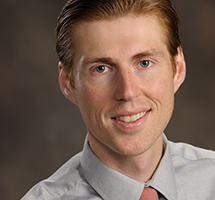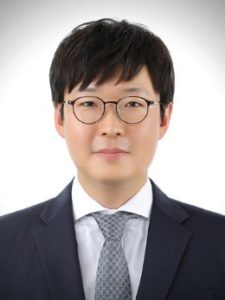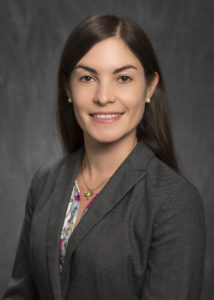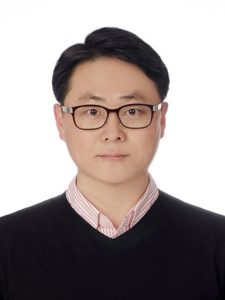
Dr. Changseok Han is currently an Assistant Professor in Department of Environmental Engineering at the INHA University, Korea. He earned his B.S. and M.S. in Department of Environmental Engineering at Yeungnam University, Korea, in 2005 and 2007, respectively. Dr. Han achieved his Ph.D in Environmental Science and Engineering program, Department of Biomedical, Chemical, and Environmental Engineering at the University of Cincinnati, USA in 2014. He received the ORISE Postdoctoral Research Fellowship from 2014 to 2018 to work at The Office of Research and Development at U.S. Environmental Protection Agency (USEPA), Cincinnati, OH, USA (Now, it is the Center for Environmental Solutions and Emergency Response (CESER)). Dr. Han has published more than 70 scientific papers (H-index of 31) in high impact journals, including Environmental Science & Technology, Applied Catalysis B: Environmental, Chemical Engineering Journal, Chemical Communications, Environmental Science: Nano, and Environmental Science: Water Research & Technology.
His research interests are (i) Water treatment using advanced oxidation processes, (ii) Environmental nanotechnologies, (iii) Environmental chemistry, (iv) Treatment/sensing of algal toxins in surface waters, (v) Green chemistry, (vi) Nutrient recovery using nanotechnology in surface water and wastewater, (vii) Fate and transport of nanomaterials from commercial products in the environment and (viii) Formation and release of microplastics from polymer-nanomaterial composites by environmental aging. Currently, he is focusing on the development of innovative technologies for monitoring and removal of microplastics in the environment.
Read his Emerging Investigator article “Emerging investigator series: Quaternary treatment with algae-assisted oxidation for antibiotics removal and refractory organics degradation in livestock wastewater effluent” and read more about him in the interview below:
Your recent Emerging Investigator Series paper focuses on Quaternary treatment with algae-assisted oxidation for antibiotics removal and refractory organics degradation in livestock wastewater effluent. How has your research evolved from your first article to this most recent article?
I have been extensively studied “Advanced Oxidation Processes (AOPs) for Environmental Remediation” since I entered into “Research World” to pursue my Master degree. Even though my knowledge and experience of AOPs are still being updated and expanded, most of them were obtained during my Ph.D. However, most of my research focused on very fundamental and scientific aspects of environmental engineering and science so I was eager to use them for solving real environmental problems, in particular, regional issues.
For this paper, my expertise in AOPs was used to take care of regional environmental issues of the presence of antibiotics in surface waterbodies. As known, an ample amount of antibiotics is commonly used to control livestock diseases but treated livestock wastewater by conventional wastewater treatment processes still contains significant amounts of antibiotics. Therefore, antibiotics in the treated wastewater directly enter into surface water, which can cause not only adverse effects on the health of humans, animals and ecosystems but also, an explosion of antibiotic resistant bacteria and antibiotic resistance genes. To discharge safe treated wastewater to surface waterbodies, further treatment, known as “Quaternary treatment”, is extensively required. An AOP is successfully used as the combination of algal treatment and subsequent oxidation for the improvement of antibiotics removal and refractory organics degradation in the effluent of livestock wastewater treatment processes. I am very excited to practically start applying AOPs to solve new real environmental problems in Korea as well as in the world.
What aspect of your work are you most excited about at the moment?
Currently, we are facing “Microplastics problems” over the world even though their toxicity is still controversial. At the moment, I am interested in developing reliable technologies for decomposing microplastics in the environment. I believe that AOPs could be promising technologies to degrade them in the environment.
In your opinion, what are the most important questions to be asked/answered in this field of research?
The investigation of degradation mechanism of antibiotics by the combination of algal treatment with AOPs and subsequent oxidation will be important but very challenging. Due to the presence of many antibiotics with different trace levels in livestock wastewater effluents, not all reaction intermediates produced during the treatment could effectively identified. Much effort to understand the degradation mechanisms and pathways must be put for the development of reliable treatment technologies to protect the health of humans, animals and the ecosystem.
What do you find most challenging about your research?
Among AOPs, I am extensively developing highly effective catalysts to decompose water contaminants of emerging concern in wastewater and sources of drinking water supplies. Therefore, their practical applicability in treatments processes is the most challenging since additional treatment processes may be required. Also, for practical, the scalability of AOPs and the mass production of catalysts at industrial level are significant challenging at all times.
In which upcoming conferences or events may our readers meet you?
Hopefully, I would like to attend ACS meetings when we are free from COVID-19.
How do you spend your spare time?
I usually spend my spare time with my family. I also like listening to music and playing soccer.
Which profession would you choose if you were not a scientist?
I might be a soccer player. I was a soccer-crazy boy when I was a child.
Can you share one piece of career-related advice or wisdom with other early career scientists?
Keep exploring black boxes, be patient and be yourself.
Comments Off on Emerging Investigator Series – Changseok Han
 We are delighted to share with you a hand-picked selection of papers recently published in Environmental Science: Water Research & Technology (ESWRT).
We are delighted to share with you a hand-picked selection of papers recently published in Environmental Science: Water Research & Technology (ESWRT). 













